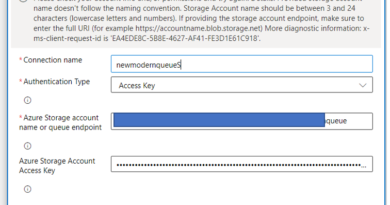Mastering AWS with Boto3: A Comprehensive Guide with Code Examples
Boto3 is the AWS SDK for Python, which allows you to interact with AWS services using Python code. Here’s an example of how to use boto3 to create an S3 bucket:
import boto3
# Create an S3 client
s3 = boto3.client('s3')
# Create a bucket
bucket_name = 'my-bucket'
s3.create_bucket(Bucket=bucket_name)
In this example, we first import the boto3 library. Then we create an S3 client object using the boto3.client() function and passing in the string 's3'. This creates a client object that we can use to interact with the S3 service.
Next, we create a variable bucket_name with the name of the bucket we want to create. Finally, we call the s3.create_bucket() method and pass in the Bucket parameter with the name of our bucket. This creates a new S3 bucket with the specified name.
This is just a simple example, but you can use boto3 to interact with many different AWS services, and the process is similar for each service. To use boto3, you typically:
- Import the
boto3library - Create a client object for the AWS service you want to use
- Call methods on the client object to interact with the AWS service
You will typically need to provide credentials to authenticate your requests to AWS. You can either configure your credentials in a configuration file or pass them directly to the boto3.client() method. Here’s an example of how to create an S3 client with credentials passed in directly:
import boto3
# Create an S3 client with credentials
s3 = boto3.client('s3', aws_access_key_id='my-access-key', aws_secret_access_key='my-secret-key')
# Create a bucket
bucket_name = 'my-bucket'
s3.create_bucket(Bucket=bucket_name)
In this example, we pass in the aws_access_key_id and aws_secret_access_key parameters to the boto3.client() method to authenticate our requests.




